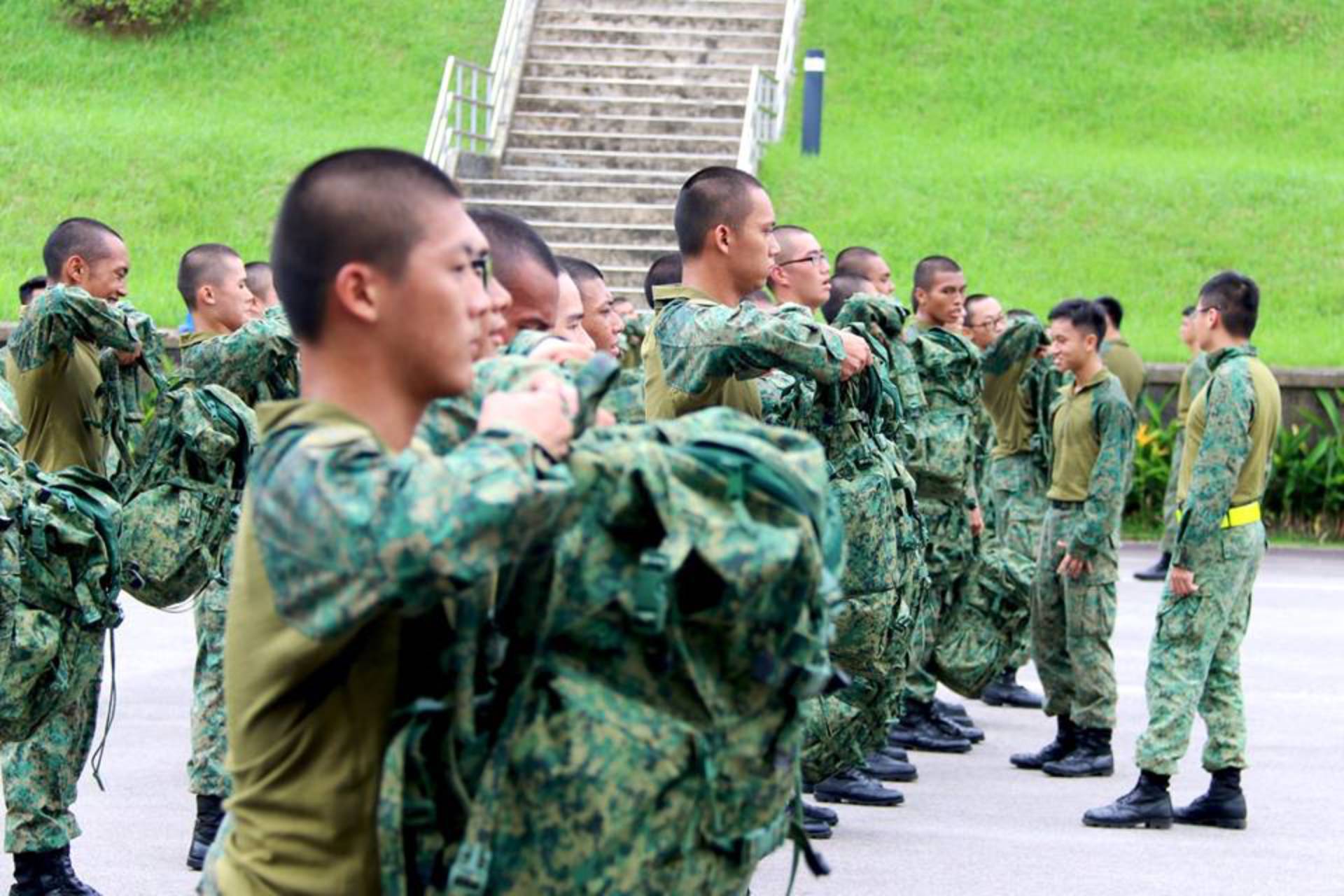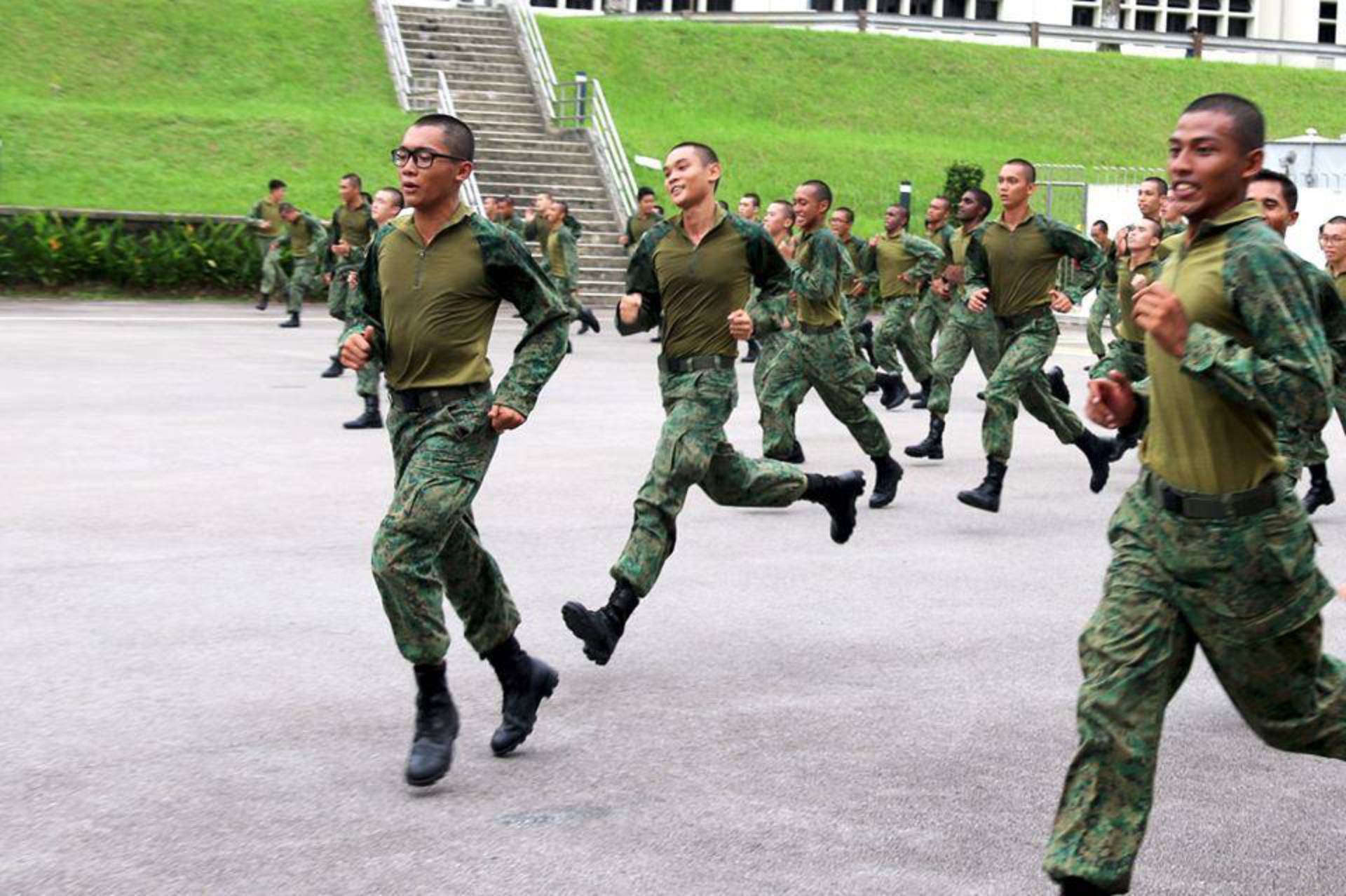- The Singapore Armed Forces (SAF) recognises that rising ambient temperatures may need additional measures to mitigate the risks of heat injuries when soldiers train and conduct operations. Special attention is paid to the incidence of heat injury across the SAF, with daily reporting required for all units.
- Safety measures against heat injuries are already in place and commanders pay close attention to their implementation. These include hydration regimes, ingestion of ice mixtures and Work-Rest Cycle (WRC) based on the Wet Bulb Globe Temperature (WBGT)[1]. In 2014, the WBGT Heat Stress Monitor was implemented as an added monitoring tool to enhance heat injury prevention.
- All soldiers undergo heat acclimatisation as soon as they are enlisted in Basic Military Training and when they undergo specialised courses or operations. Commanders have the leeway to modify attire and load for strenuous activities and adjust the training schedule to further mitigate the risk of heat injury.
- As global temperatures may rise further, the SAF will need to adopt a science-based approach to improve heat resilience and performance initiatives. In January this year, the SAF, working with the National University of Singapore and DSO National Laboratories, therefore established the Heat Resilience and Performance Centre to address the long-term challenges of maintaining human performance amid rising global temperatures. The measures studied include better-designed equipment and clothing that can dissipate heat. Cooler hybrid uniforms were introduced in 2018 and the redesign of the Load Bearing System undertaken in 2020. New insights from research will seek to improve on these measures further.
- The collective measures by the SAF has brought down the occurrence of serious heat injury cases over the last decade. We will continue to monitor the ambient temperature and incidence of heat injuries, and will adjust our measures as necessary to keep training safe.
[1] WBGT is a composite temperature of the ambient temperature, wind speed, pressure and relative humidity. It provides an accurate reading of a specific training environment. Based on these readings, ground commanders can better advise soldiers on the Work-Rest Cycle - intervals that they should train and rest - as they carry out strenuous training activities.
 SAF personnel carrying out a combat physical training exercise in their hybrid uniform, which have been designed to provide better comfort and heat dissipation.
SAF personnel carrying out a combat physical training exercise in their hybrid uniform, which have been designed to provide better comfort and heat dissipation.
 SAF personnel carrying out a combat physical training exercise in their hybrid uniform, which have been designed to provide better comfort and heat dissipation.
SAF personnel carrying out a combat physical training exercise in their hybrid uniform, which have been designed to provide better comfort and heat dissipation.


